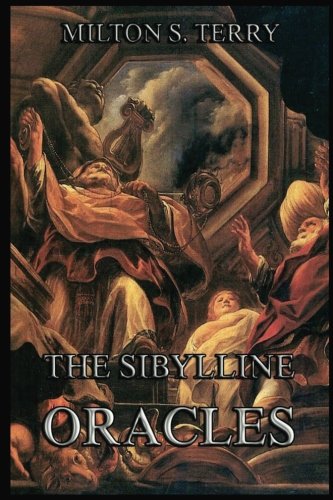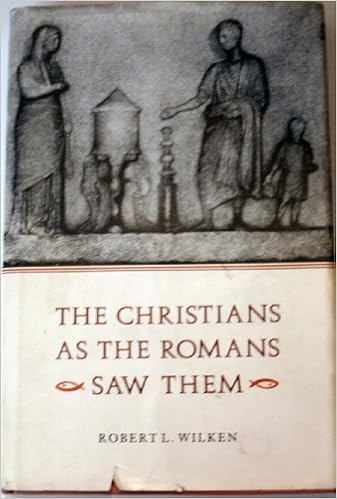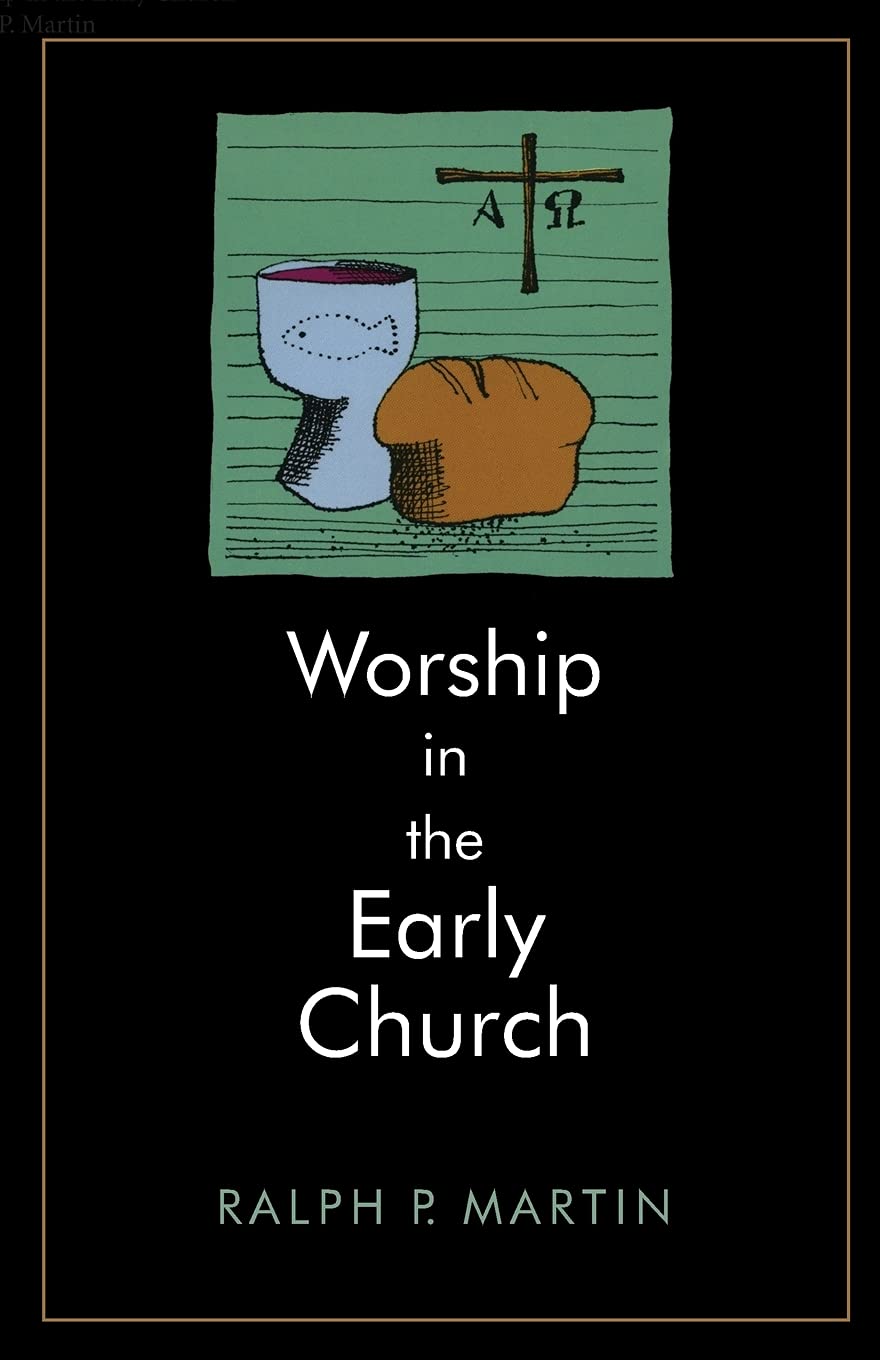This ancient work consisting of fourteen books poses itself as a set of prophecies about world history and the fate of mankind. Parts were very interesting to me; others not so much, especially as the work gets to be rather repetitive and at times obscure. Not all the books survive and not all that do survive do so in complete form. The books, most scholars believe, were written over centuries by different writers with different agendas. Thus, some sections seem to be Christian in orientation, some pagan, and some Jewish--many merge aspects and views from these various traditions. It's interesting to read the differing views on the end of time as they develop within the books, though the varying writers makes for many inconsistencies in such views; because we don't know for certain who wrote what and when, unfortunately, tracing the development of thought within the collection is to some extent necessarily and unfortunately speculative. The translation itself that I read, available online here, was well done--with useful notes and the materials placed into polished blank verse.
Monday, October 4, 2021
Sunday, October 3, 2021
On "The Christians as the Romans Saw Them" by Robert L. Wilken *****
This book came up on a list of best Christian history books, and having found a good copy at a cheap price, I decided to try my hand at reading it. I was glad that I did. It is one of the most interesting takes on early Christianity I have read, one that seems like a very obvious study to undertake but that Wilken actually did.
Wilken focuses on the work of five individual Roman writers over the course of the first four centuries of Christianity--Pliny the Younger, Galen, Celsus, Porphyry, and Julian the Apostate. In the course of doing so, he shows how the reaction of Christianity changed especially as it increased in popularity.
One issue with early writing about Christianity from those outside of the communion of believers is that so little of it survives. Pliny and Galen both mention it only briefly, as during their lifetimes, the religion was hardly widespread. Pliny's letter to Titus regarding what to do about Christians was well familiar to me. In it, he calls Christianity a superstition, which was one of two main ways that it could be perceived by those outside its associates. Galen, by contrast, in his brief offhand mentions of the faith seems to equate it with philosophy.
Celsus and Porphyry both take the religion much more seriously as a threat to social order. Alas, neither of their writings survive in whole. However, we are lucky to have large chunks of their works preserved in the writings of others who wrote responses to their work. Although both writers see issues with the faith mostly in relation to societal order, the latter is more familiar with Christian teachings. Such would be even more the case with Julian, who was raised Christian. As such, each writer posed a greater challenge to Christian orthodoxy, even as Christian orthodoxy took on a stronger and stronger role within the empire. This intermix of arguments for and against Christianity, Wilkin argues, in the end, opened up new avenues in intellectual thinking throughout the Western world, avenues that continue to reverberate today.
Saturday, October 2, 2021
On "Worship in the Early Church" by Ralph P. Martin ***
Martin largely notes just that--that we don't know for sure a lot about these practices. He summarizes views of others. I was, in part, particularly interested in his take on service organization and on the introduction of the eucharist into that service. He does see some connection between the eucharist and the Passover, but interestingly he claims that diaspora Passovers consisted only of bread and wine. Thus, there was no lamb at the Gospel Passover (to his point, the Scriptures don't reference the lamb, though, as with so much from this period, the historical evidence elsewhere may not be so conclusive as to say that lamb wasn't served as opposed to simply wasn't mentioned). The other major point one gathers from Martin's reading of worship practices is that they became more settled as Christians settled into their second century of being.
One nice thing is that Martin's survey did provide me with other areas that deserve more study on my part, such as focusing on the nature of Jesus's prayers outside of his model prayer.








